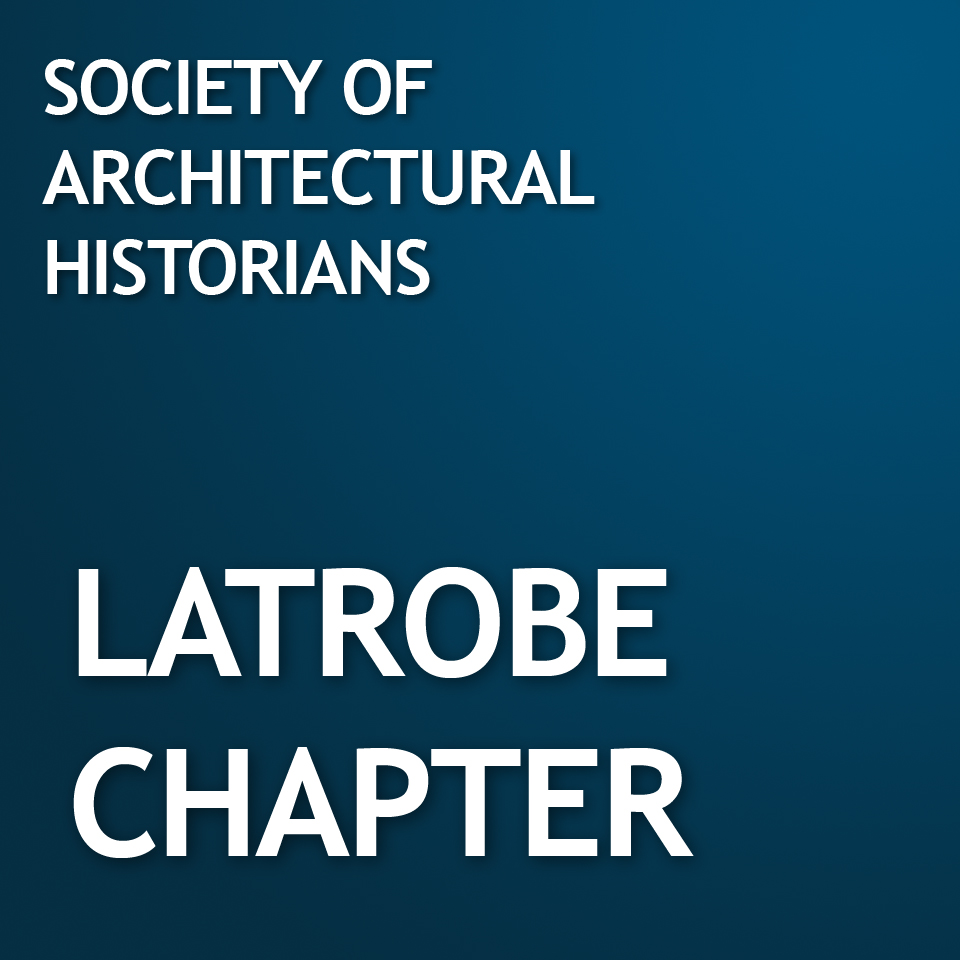Lecture by Robert J. Kapsch, Ph.D., M.ASCE, Hon., AIA. This lecture is based on his latest book, Building Washington: Engineering and Construction of a New Federal City, 1790-1840 (The Johns Hopkins University Press, 2018).
In 1790, the United States was a new nation, with a new constitution, a new president, George Washington, and a new secretary of state, Thomas Jefferson. Dedicated to the success of their new government, both Washington and Jefferson were determined to realize the daunting task of building from bare earth a new capital city that would be the focal point visually, politically, and commercially.
Most European and other historic capitals had evolved over hundreds, sometime thousands of years. Washington and Jefferson planned to construct a government center in only ten years (it in fact took fifty). Furthermore, they planned to do so without a Congressional appropriation and on a site of their choosing; along the banks of the Potomac River halfway geographically – and in some respects politically and economically - between the northern and southern states.
Washington and Jefferson intended the new city to be not only a government center, but also a great commercial nexus for the receipt and transshipment of the agricultural and mineral riches they expected to pour down the Potomac Canal (that was then under construction) from the Northern Territory.
The area south of Georgetown, Maryland and across the Potomac River from Alexandria, Virginian that was selected for the new Federal city was semi inhabited with few resources, few inhabitants, and few amenities. Everything needed to build this monumental enterprise—plans, tools, shelter, supplies, building materials, skilled workers, architects, and engineers—would have to be brought in from the surrounding states or from overseas.
For the scholar who seeks to study the early history of Washington, D.C., there is an abundance of material—government records, period newspapers, personal papers, drawings, and other primary sources. From these records have come numerous books on the architecture and planning of the new capital city that became Washington, D.C. Missing were studies of its engineering and construction history—a notable omission as architecture and planning cannot be accomplished without engineering and construction.
Dr. Kapsch began the search through this wealth of information to write his second Ph.D. dissertation, this one on the labor history of the construction of the White House. His research begun twenty-five years ago would continue and emerge as Building Washington: Engineering and Construction of a New Federal City, 1790-1840.
ROBERT J. KAPSCH received his BS in Engineering from Rutgers University; an MS in Management and an MA in American Studies, both from George Washington University; a PhD in Architecture and Engineering from Catholic University, and a PhD in American Studies from the University of Maryland. He is a researcher and an author at the Center for Historic Engineering and Architecture in Poolesville, MD.
Previously Dr. Kapsch served as the National Park Service Senior Scholar in Historic Architecture and Engineering (2000–2005) and as project engineer for the Chesapeake and Ohio Canal National Historical Park (1995–2000). Before that, for fifteen years (1980–1995) he was the Chief of the Historic American Buildings Survey/Historic American Engineering Record (HABS/HAER), and in that post he was able to double the size of those already large collections in the Library of Congress.
Kapsch is the recipient of the American Society of Civil Engineers History and Heritage award (2016); the Distinguished Service Medal, the highest award of the US Department of Interior, for his work at the National Park Service (2002); and many other awards and honors. He is the author of numerous articles on canals and engineering history as well as books, including Canals (W. W. Norton, 2004); The Potomac Canal: George Washington and the Waterway to the West (West Virginia University Press, 2007) (recipient of Foreword magazine’s silver medal for Best Book of the Year for history); Historic Canals and Waterways of South Carolina (University of South Carolina Press, 2010); and Over the Alleghenies: Early Canals and Railroads of Pennsylvania (West Virginia University Press, 2013) (recipient of 2014 Gold Medal, Independent Publishers Book Awards, Mid-Atlantic Nonfiction Regional Award). He also coauthored, with his wife, Elizabeth Perry Kapsch, The Monocacy Aqueduct on the Chesapeake and Ohio Canal (Medley Press, 2005).
He is a member of numerous American and European organizations on the history of engineering and architecture. Kapsch and his wife live in an eighteenth-century historic house on the family farm in Poolesville, Maryland, along with three horses, three donkeys, five dogs, seven cats, numerous sheep, occasional goats and a fluctuating number of chickens and ducks.
The lecture takes place at The First Congregational United Church of Christ, Second Floor, 945 G Street NW, Washington, DC. Reservations are not required. $10.00 for Latrobe Chapter members, student members (full time) free with ID, $15.00 for non-members.

